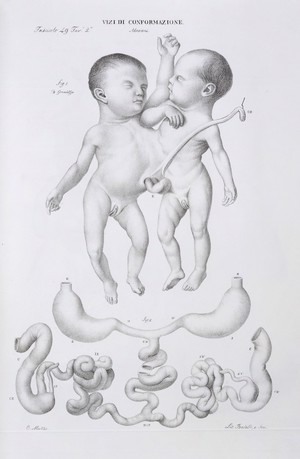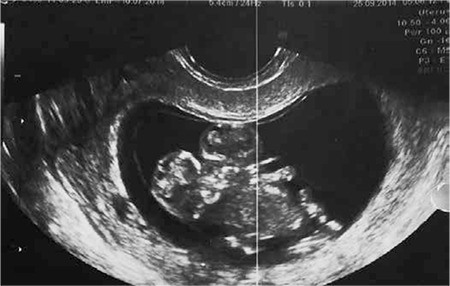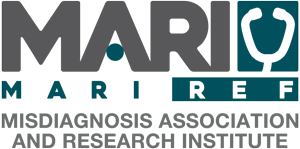On our General Public Article Database, You can find clear and easy-to-understand content with infographics and what to expect in the health care journey.
On our Professional Content Database, find specialized content with links to cases and current guidelines.

General Public Content
Anorexia Nervosa
Author: Zainab Adamji Editor: Leah Farquharson, Nicholas Huen Scientific Review: Ozair Ali Overview Anorexia Nervosa, commonly referred simply as Anorexia, can be classified as a severe eating disorder (Mitchell &
MARI REF
December 9, 2021
Angelman Syndrome
Author: Christine Ma Editor: Leah Farquharson Overview Angelman Syndrome (AS) is a rare neurological disorder with varying subtypes (Madaan & Mendez, 2021). Angelman Syndrome has many symptoms including difficulty
MARI REF
September 16, 2021

Professional Content
Attention-Deficit/Hyperactivity Disorder (ADHD)
Author Alyson Hait Editor: Anna Chou Overview Attention-Deficit/Hyperactivity Disorder (ADHD) is a common diagnostic label for individuals suffering from attention deficit, excessive activity levels and impulsivity (Barkley, 2015). At
MARI REF
August 31, 2021
Angelman Syndrome
Author: Christine Ma Editor: Leah Farquharson Overview Angelman Syndrome (AS) is a rare neurological disorder that affects 1 in every 12,000 to 20,000 live births (Madaan & Mendez, 2021).
MARI REF
August 24, 2021
Rett Syndrome
Author: Shayan Mackie Editor: Leah Farquharson Overview Rett syndrome (RTT) is a rare (1:10,000) genetic neurological disorder (Cianfaglione et al., 2015). As a developmental disorder affecting the brain, RTT has
MARI REF
August 19, 2021

General Public Content
Conjoined Twins
Conjoined twins, also known as Siamese twins, is a rare condition where genetically identical twins fuse during fertilization (Mian et al., 2017). Fusing causes twins to be born physically connected, where multiple different physical attachment sites remain after birth (Mian et al., 2017).
MARI REF
June 22, 2021

Professional Content
Conjoined Twins
Conjoined twins, also known as Siamese twins, is a rare condition where genetically identical monoamniotic and monochorionic twins fuse during fertilization in the uterus (Mian et al., 2017). This rare condition occurs in 1 out of 50,000-100,000 live births, with a range of 40-60% being stillborn, 35% surviving for 24 hours, and an overall survival rate of 18% (Kapoor et al., 2012). Conjoined twins are classified based on physical attachment after birth (Mian et al., 2017).
The first ever successful conjoined twin separation was in 1953 with pygopagus twins (Carlson et al., 2018). Since then, conjoined twin separation has become more common, with a survival rate of 64% among 167 cases (Carlson et al., 2018). The classifications with the highest mortality are seen in thoracopagus and craniopagus twins with around 51% mortality, while pygopagus and ischiopagus have the lowest mortality rate of around 23% and 19% (Carlson et al., 2018).
MARI REF
June 22, 2021

General Public Content
Amblyopia
Amblyopia, also known as lazy eye, is a form of visual impairment where there is a decrease in vision resulting from abnormal visual development in infancy to early childhood (Blair et al., 2020). Amblyopia ranges from mild vision loss (20/25) to legal blindness (20/200 and worse); the brain focuses on one eye more than the other and hence leads to its blindness unless the child or young adult receives proper treatment (Chen & Cotter, 2016). Amblyopia may be extremely dangerous since it involves eye symptoms that are hard to detect during infancy (Holmes & Clarke, 2006).
MARI REF
June 22, 2021

Professional Content
Amblyopia
Amblyopia, also known as lazy eye, is a form of visual impairment where there is a decrease in vision resulting from abnormal visual development in infancy to early childhood (Blair et al., 2020). Amblyopia ranges from mild vision loss (20/25) to legal blindness (20/200 and worse); the brain focuses on one eye more than the other and hence leads to its blindness unless the child or young adult receives proper treatment (Chen & Cotter, 2016). Amblyopia may be extremely dangerous since it involves eye symptoms that are hard to detect during infancy (Holmes & Clarke, 2006).
MARI REF
June 22, 2021

